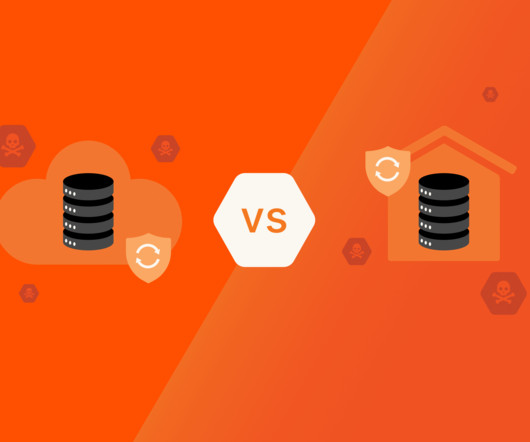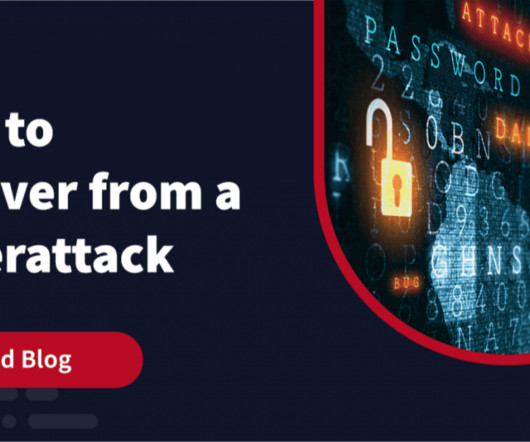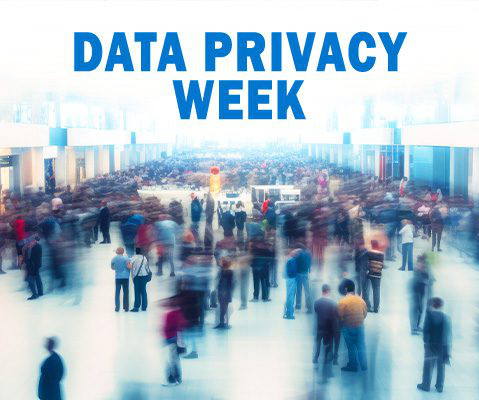Data Resilience: The Key to AI and Cybersecurity
Solutions Review
OCTOBER 10, 2024
While AI and cybersecurity continue to dominate news headlines, one critical aspect of digital infrastructure is often overlooked: data resilience. By providing continuous availability and data integrity, data resilience reduces the risks of data loss and downtime, building the foundation for the dependability of these advanced systems.


















Let's personalize your content